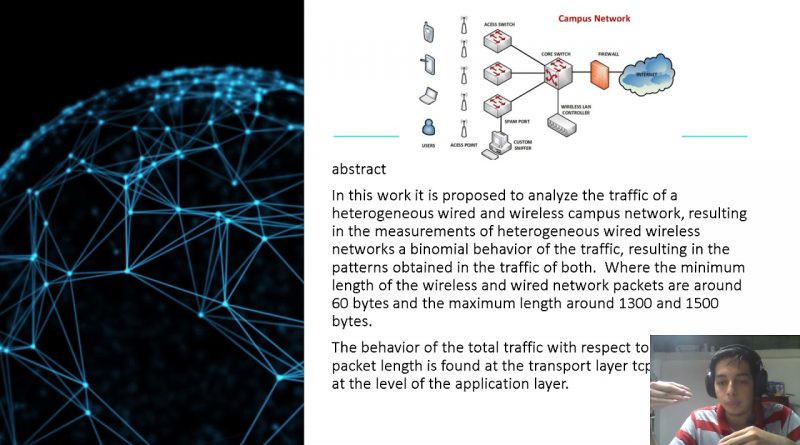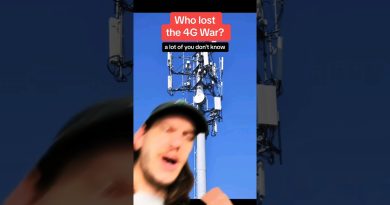análisis de trafico de red
Esto es lo que intente decir:
Comparative analysis and modeling of the ip traffic of a heterogeneous campus network In this work, an analysis of the traffic of a heterogeneous wired and wireless campus network will be carried out to determine the protocols and applications and estimate statistical models that represent and simulate the traffic
Because with the deployment of new devices, protocols and applications, network traffic is changing to adapt to these trends. Classifying network traffic is an important requirement for optimizing traffic engineering and adequately provisioning quality of service. We separate the data obtained in each type of network, by type of traffic, protocols and applications in order to compare the behavior of the packet length.
Result of this analysis we have that there are patterns in the traffic in both wireless and wired scenarios which represents a binomial behavior of the traffic where we observe a similarity in terms of the minimum length of packets that is around 60 bytes
But very different in terms of the maximum length of packets where for the wireless network we find around 1300 bytes unlike the wired network with a maximum of 1500 bytes
These patterns represent a binomial behavior of the traffic
Using the poisson model for ipv4 traffic various traffic models using the Poisson probability distribution function, associated with total traffic, and with the most significant protocols such as IPv4 and applications over TCP.
Analyzing the distribution of traffic in both networks
We also have that the traffic in both scenarios is similar where in a wired network we find a greater traffic of administrative applications and academic systems That is, we obtain a higher percentage of http packets
In the same way, we obtain a greater volume of traffic and udp applications in the wired network compared to the wireless scenario. On the other hand, for the wireless network, which is mostly used for internet access, we find traffic with sll and http.
Regarding wired network traffic, we see that IPv4 represents 97% of total traffic, against IPv6 which only represents 3%. In addition, the traffic of active TCP (HTTP and SSL) applications is 91.42% compared to 8.42% of applications.
They use UDP (GQUIC and MDNS). It can also be inferred that in the campus wireless network, the IPv4 traffic is much higher than that of
IPv6 (98.26% vs. 1.74%). In IPv4, TCP application traffic represents 95.93% against 4.02% for UDP applications. In this area, HTTP and SSL represent 99.15% of total TCP traffic. Traffic
other applications is not significant. In general terms, traffic in both scenarios behaves similarly, with protocols such as IPv4, TCP, SSL, and HTTP predominating.
Both wired and wireless traffic behave in a bimodal fashion. Wired traffic continues to distribute 48.32% of packets around 60 bytes and 38.42% around 1,500 bytes. Fraud For campus wireless traffic, 37.78% of the packets are approximately 60 bytes and 50.08% are 1300 bytes. There is a difference in the maximum packet length between the two scenarios, which leads us to define different traffic models for these wired and wireless network packet models. This can be seen on the Pareto charts.
ipv4



